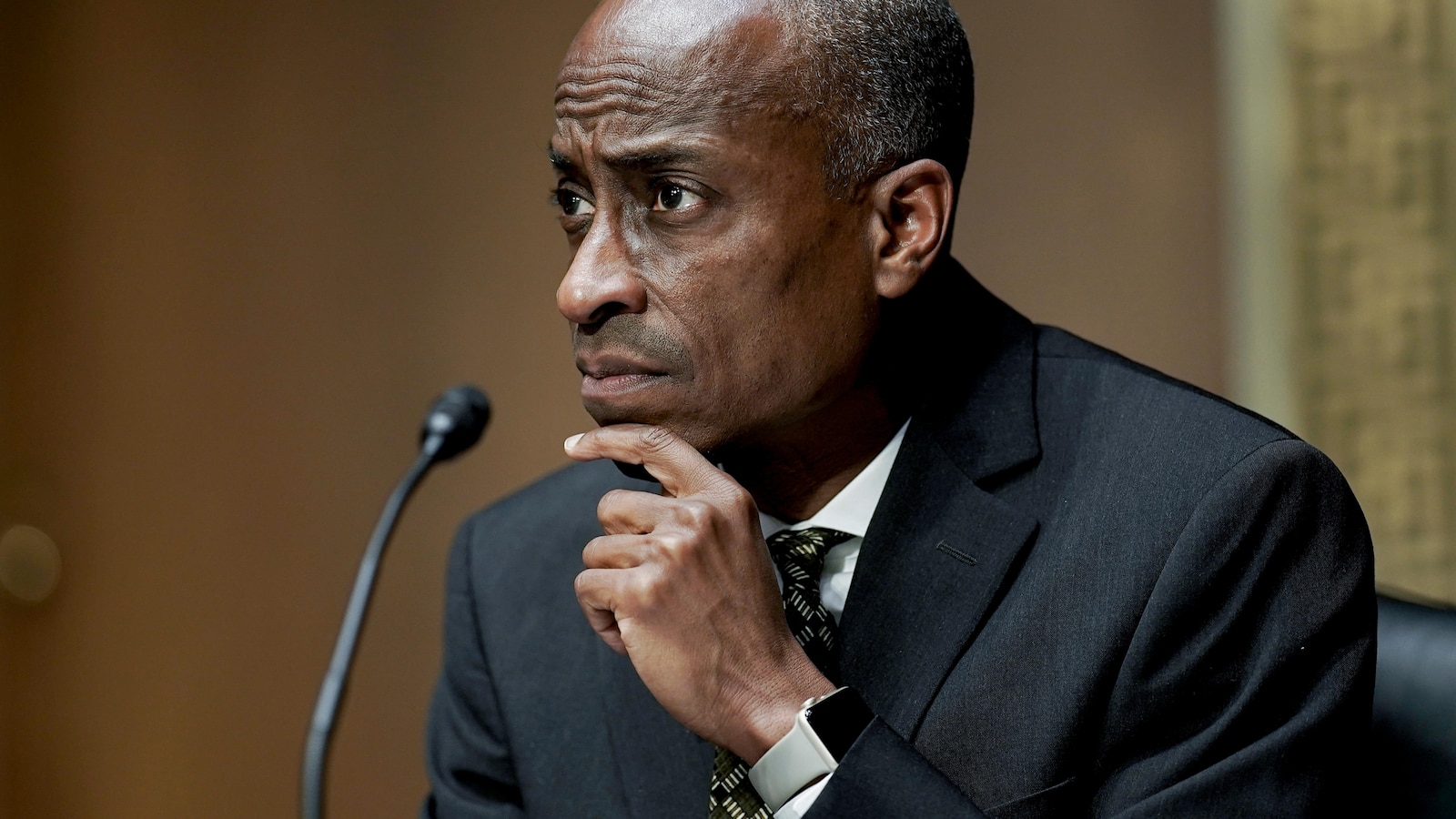WASHINGTON — Federal Reserve Vice Chair Philip Jefferson suggested Tuesday that the central bank’s key rate may have to remain at its peak for a while to bring down persistently elevated inflation.
In a speech, Jefferson said he expects inflation to continue to slow this year. But he omitted a reference to the likelihood of future rate cuts that he had included in a previous speech in February. Instead, he said his outlook is that inflation will cool even with the Fed’s key rate “held steady at its current level.”
If elevated inflation proves more persistent than he expects, Jefferson added, “it will be appropriate” to keep rates at their current level “for longer” to help slow inflation to the Fed’s 2% target level. U.S. consumer inflation, measured year over year, was most recently reported at 3.5%.
Jefferson’s remarks appeared to open the door to the prospect that the Fed will dial back its forecast, issued at its most recent policy meeting in March, that it would carry out three quarter-point cuts this year to its benchmark rate, which stands at about 5.3%. Chair Jerome Powell is scheduled to speak later Tuesday and may comment on the Fed’s potential timetable for rate cuts.
In February, Jefferson had said that should inflation keep slowing, “it will likely be appropriate” for the Fed to cut rates “at some point this year” — language that Powell has also used. Yet that line was excluded from Jefferson’s remarks Tuesday.
Fed officials have responded to recent reports that the economy remains strong and inflation is undesirably high by underscoring that they see little urgency to reduce their benchmark rate anytime soon. Wall Street traders had long expected the central bank to cut its key rate at its June meeting but now don’t expect the first reduction before September.
On Monday, the government reported that retail sales jumped last month, the latest sign that robust job growth and higher stock prices and home values are fueling solid household spending. Vigorous consumer spending can keep inflation elevated because it can lead some businesses to charge more, knowing that many people will pay higher prices.
In his speech Tuesday, Jefferson said the Fed estimates that its preferred inflation gauge, which will be reported next week, rose in March, to 2.7% from a year earlier, up from 2.5% in February. Such an increase would echo a rise in the more widely followed consumer price index, which rose to 3.5% in March, from 3.2%.
“While we have seen considerable progress in lowering inflation, the job of sustainably restoring 2% inflation is not yet done,” Jefferson said.

